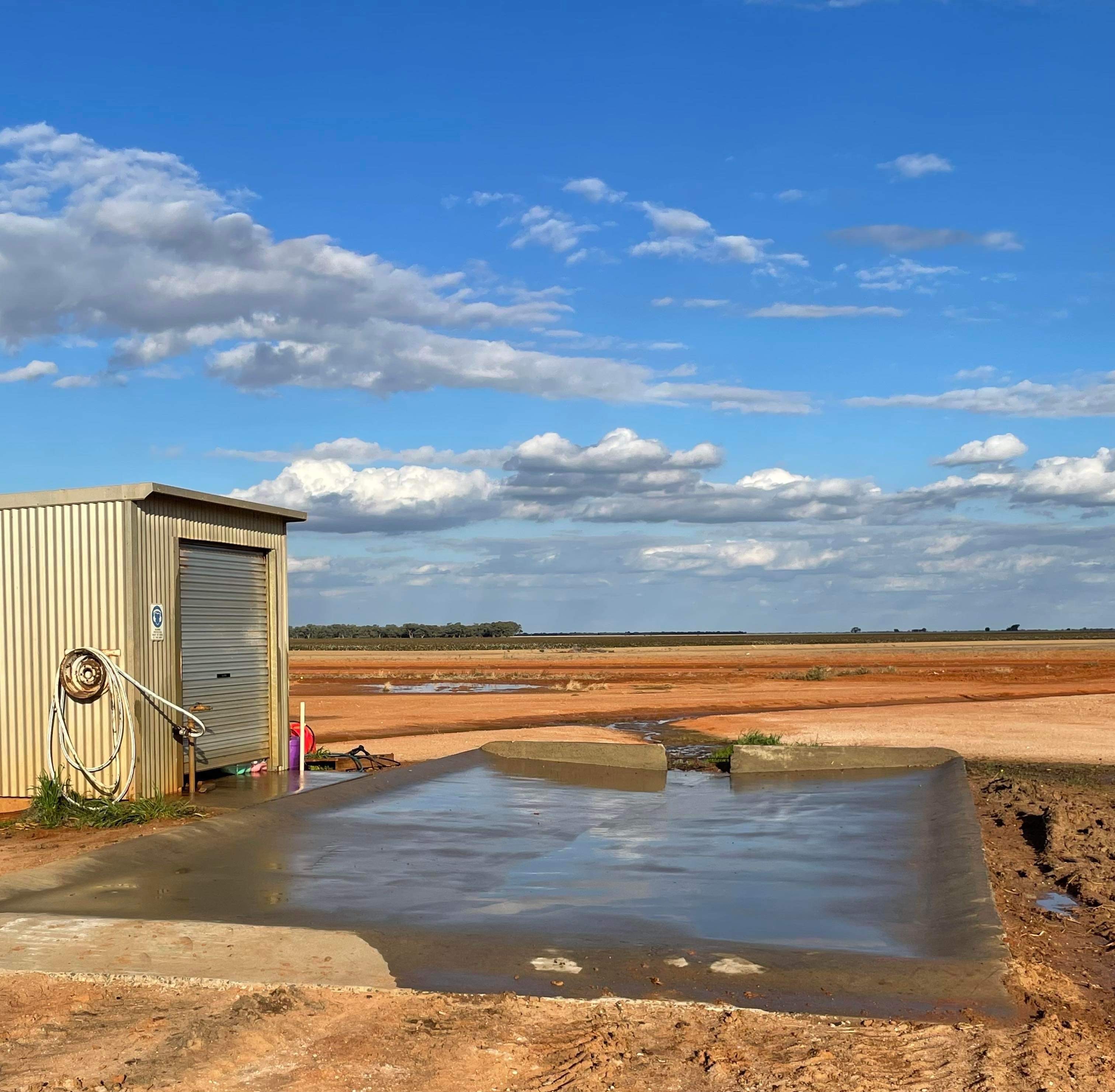
By Kate Glastonbury, New South Wales Grains Biosecurity Officer
Vehicle and machinery hygiene on-farm is crucial to prevent the spread of hitchhiker pests, diseases and weeds that could potentially devastate Australian agriculture.
In Australia, the impact of weeds, pests and disease varies across species, but it is estimated to contribute to a yield gap of between 20 – 40 per cent in grain crops each year. Weeds alone are estimated to impose an overall average cost of $5 billion a year, with chemical control and production loss making up most of this.
Pests, diseases and weeds can reduce farm enterprise profits through direct production loss, additional costs of control measures and damage mitigation as well as through export market losses.
One of the first lines of defence in preventing biosecurity threats from entering and spreading on-farm is washing down all vehicles and machinery including those belonging to visitors and contractors.
“Cleaning machinery and vehicles before they enter production areas will substantially reduce the risk of introducing new pests,” said Stuart Kearns, National Manager, Preparedness and RD&E at Plant Health Australia (PHA).
He said vehicle hygiene is an integral part of effective farm biosecurity that is often overlooked.
“A vehicle washdown area is a worthwhile investment for a farm business. While this may seem too expensive and inconvenient at first, a simple washdown area can save significant management costs.”
A vehicle washdown area can be customised to suit any property’s requirements. If the property is leased or the business is potentially expanding or moving, a portable washdown system may be easier to set up then a permanent one.
Vehicle washdown areas do not have to be state-of-the-art and expensive, they just need to be fit for purpose. Key things to consider include:
Additional ways to manage biosecurity threats on-farm:
When washing large machinery, safety guards and access panels may need to be removed as much as possible to provide access the hard-to-reach areas, which may have plant matter or insects attached. All parts of farm vehicles including tyres, wheel arches, undercarriages, underneath windscreen wipers, grills, floors and trays need to be washed thoroughly to remove pests or infected material. Checking the owner manual can give you a better idea of what areas may need to be taken apart for thorough cleaning. Cleaning should be done from the top of the vehicle, working toward the ground. Compressed air can be used for parts of the vehicle that do not allow water for example, areas that house electrical components.
In high-risk situations, a decontaminant solution can also be applied to all surfaces that have been in contact with mud and dirt including footwear, tools, floor mats and foot pedals and then rinsed off (always read chemical labels before use). This will reduce the chance of less visible risks such as viruses, bacteria and fungal spores being spread. The washdown area should also be cleaned down after use, ready for the next vehicle.
Growers have an important role to play in protecting their own properties, as well as the Australian grains industry, from biosecurity threats. Biosecurity practises should be embedded in every-day farm management to prevent risks to the farm business. Once you take the first step to improving your farm’s biosecurity, you might be surprised as to how easily you continue to practise good farm biosecurity habits.
The Grains Farm Biosecurity Program (GFBP) has developed a fact sheet on effective farm wash down facilities, as well as a vehicle biosecurity risk assessment tool to determine if a vehicle requires a clean down before entering a property.
The GFBP is an initiative by Plant Health Australia, Grain Producers Australia (GPA), together with the New South Wales, Queensland, South Australian, Victorian and Western Australian governments to improve the management of, and preparedness for, biosecurity risks in the grains industry at farm and industry levels.
Visit the Grains Farm Biosecurity website for more practical resources that include fact sheets, videos, how to guides, online training and strategies to assist in the management of grains farm biosecurity risks.
For more information on how to implement farm biosecurity practices on-farm, contact one of the Grains Biosecurity Officers (GBOs) in your region.
If you see anything unusual, please report it to the Exotic Plant Pest Hotline on 1800 084 881.
Image credit: Paul Flewitt – Southern Cotton Farm Manager